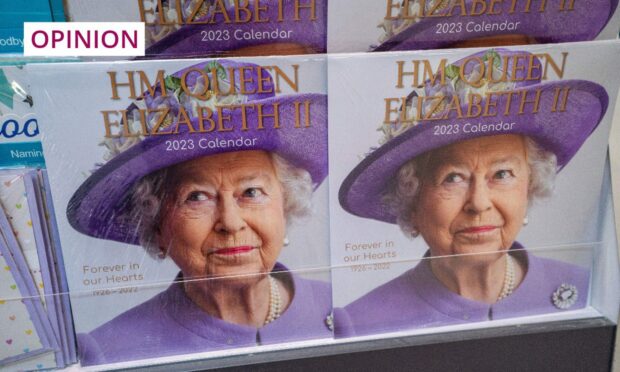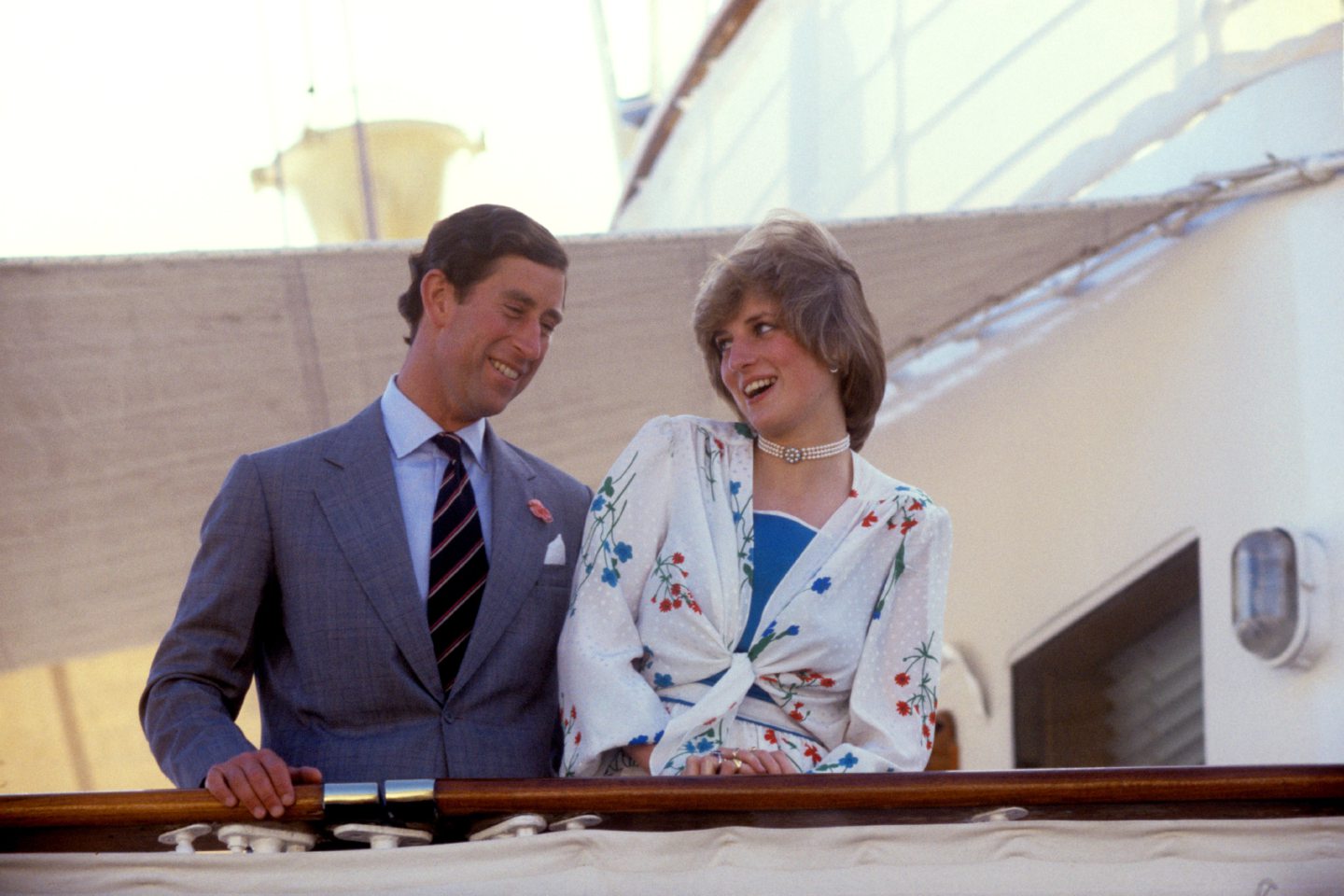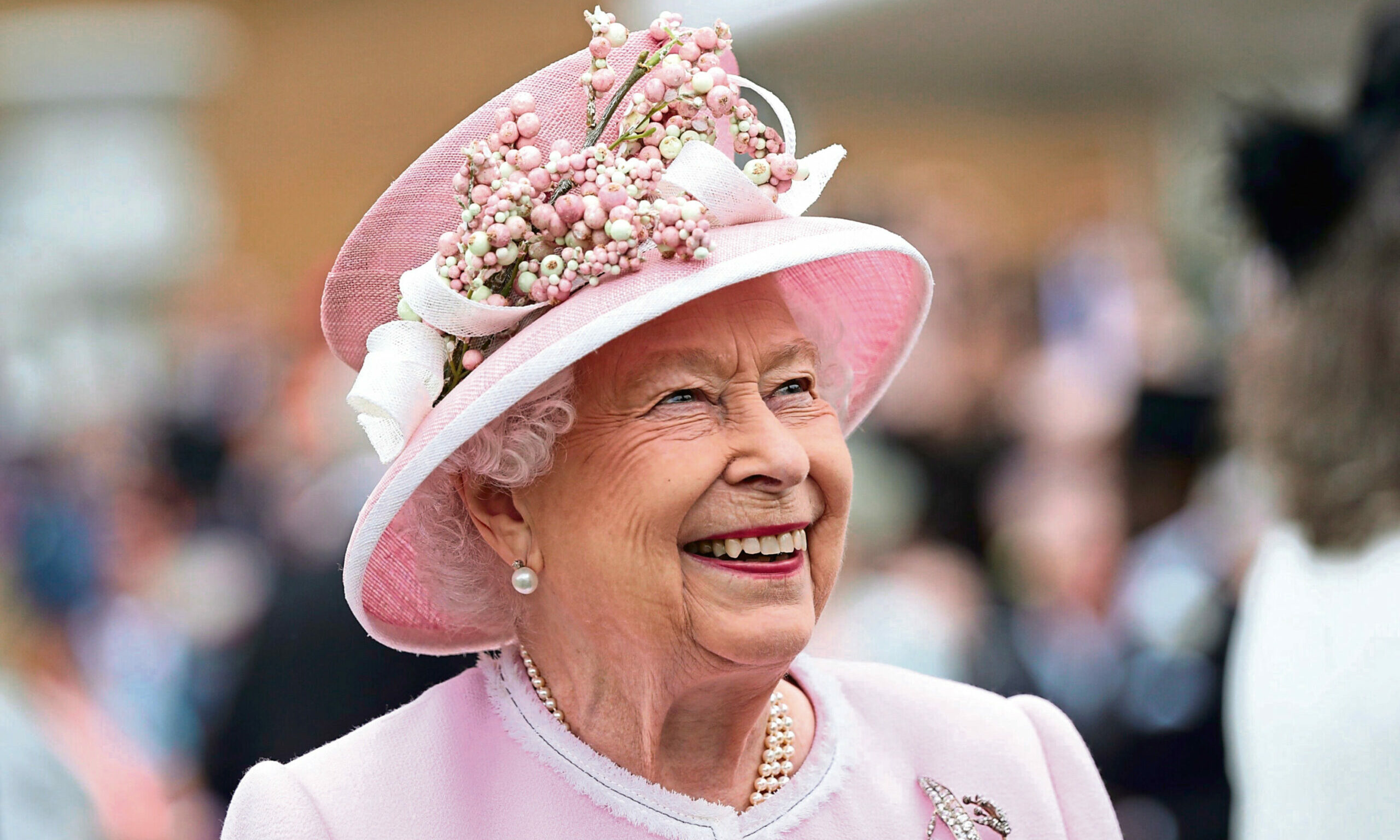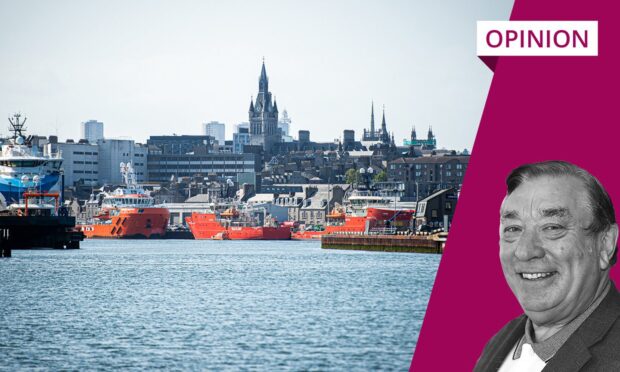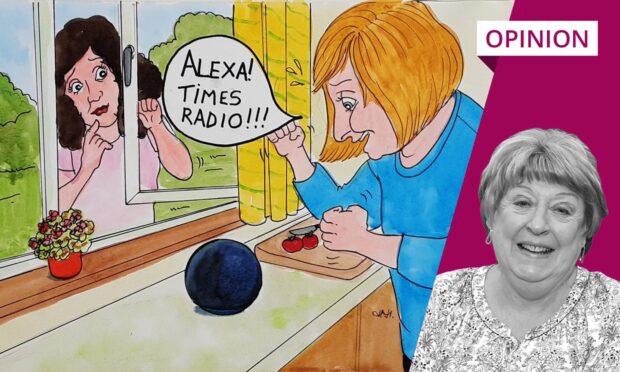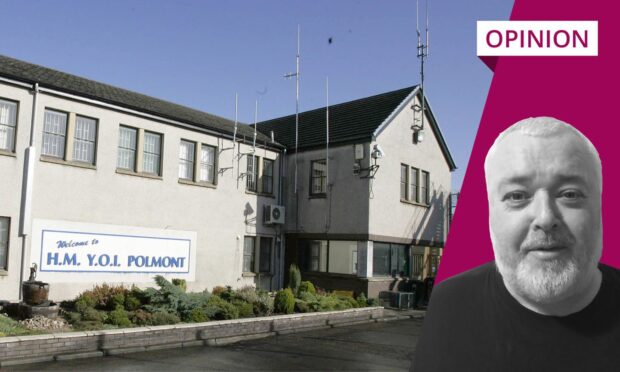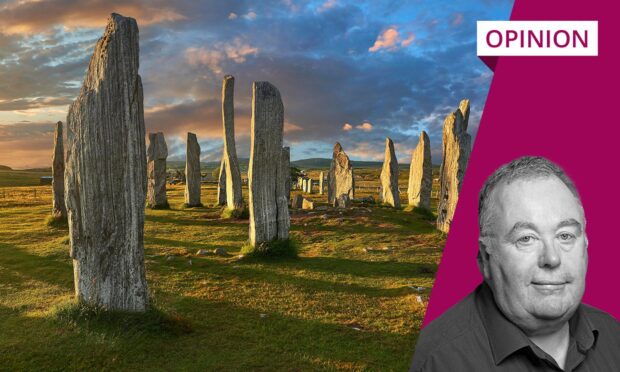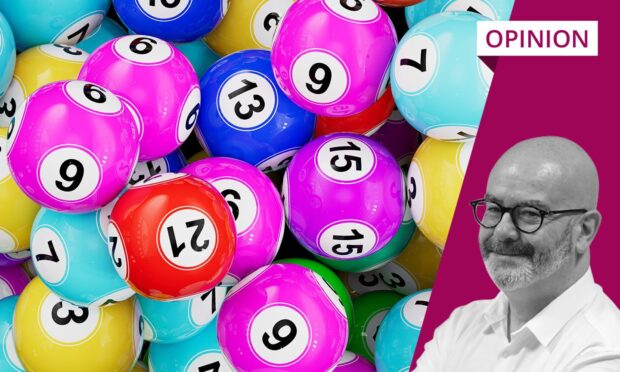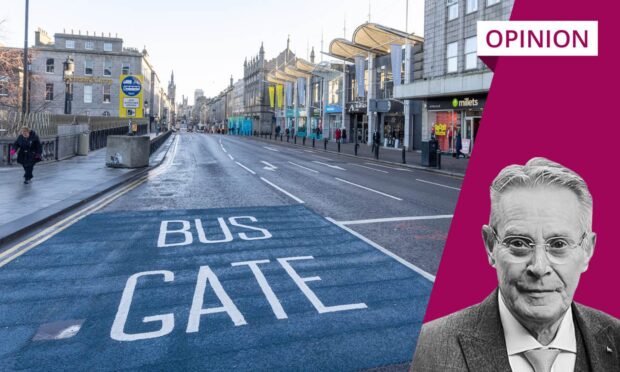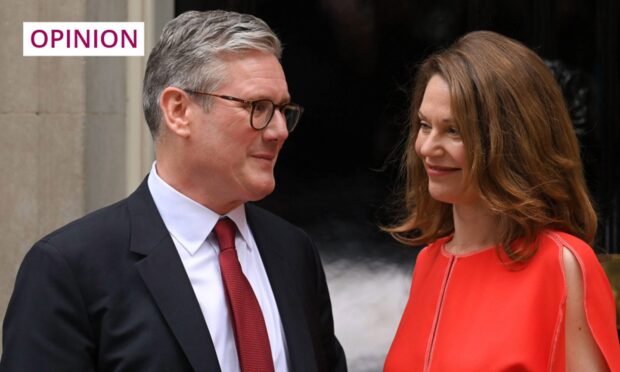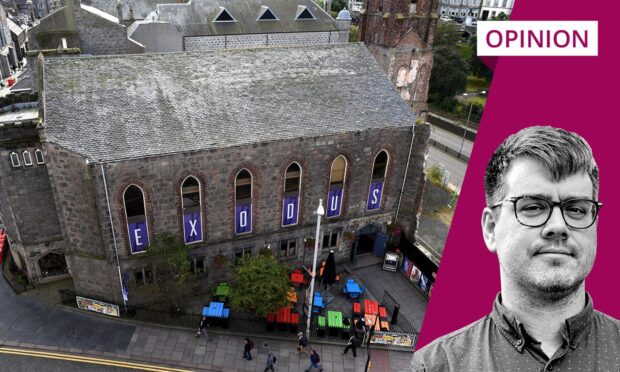Like a hurricane hurtling towards us, we all knew what to expect, but few were prepared when it finally arrived.
The death of our Queen affected us all in various ways, whatever your views on the royals.
Friday marks the first anniversary of the death of Queen Elizabeth II. As usual, time passed in a flash.
Sombre scenes fresh in our minds and a sense of loss which ran even deeper than expected. Her passing was a major episode in an extraordinary period of our history, to be discussed and debated beyond the current century.
A multitude of crises: Scottish independence, Brexit, the Covid pandemic, rising energy prices and cost of living, a chilling war on European soil again – and hospital strikes denying treatment to patients.
Amid all that, the Queen’s life and death occupies a special place in many hearts. A matriarchal figure who transcended normal family life; the mother of the nation, who held things together.
This was despite a never-ending line of imbecilic politicians north and south of the border, proving their incompetence over and over again. Alternative visions of Presidents Sunak and Yousaf becoming heads of state make me queasy in the pit of my stomach.
How have the royals fared without the Queen and Prince Philip?
She was the only monarch anyone under 70 had ever known. Even a sizeable minority with no time for the royals, who would happily sign their redundancy notices in a flash, held a grudging respect for the Queen – if not the institution.
Perhaps this is why only now do we see small, isolated outbreaks of public dissent aimed at King Charles and Queen Camilla from anti-royalists – emboldened by the new order being in place.
With the anniversary of Queen Elizabeth’s death upon us, many might ponder how the King has fared in the past year – and think once more about the future of the monarchy without the two titans who shaped the modern Windsors: the Queen and Prince Philip.
Or they might be distracted, quite possibly, by the two other women in the King’s life – Diana and Camilla.
I watched a documentary recently which recounted how the Queen virtually cancelled Camilla from royal life for a considerable time after Charles’s split with Diana.
Although Charles saw his dearest wish for Camilla to be crowned, public approval still appears to be set at lukewarm over her elevation.
It doesn’t take much for burning embers of resentment to flare again when underlying feelings remain raw over Diana. Especially when Netflix’s sixth instalment of its controversial Crown series later this year recreates Diana’s horrific death, for example.
One of the show’s bosses assured a TV industry event in Edinburgh that it was being done in the best possible taste, which seems hard to believe.
A certain amount of anti-Camilla backlash would seem inevitable after it’s aired.
The King is popular but Camilla is struggling
Popularity polls are always watched with trepidation by political leaders, especially as Humza Yousaf, Rishi Sunak and Keir Starmer score so badly. What they would give for the King’s ratings.
Charles is back at 62%, and has been consistently in this area for the past few years, apart from an occasional dip to 59%. Significantly, his heir Prince William also sits high – as does Diana, who still appears in polls of the most popular royals.
Depressingly for the King, Camilla is marooned near the bottom of the league table, just beating Andrew, Harry and Meghan – damned with faint praise.
Despite the King’s strong personal approval ratings, there are some worrying trends.
Anti-royal sentiment is highest among young people below mid-30s, the very age group William and Kate are supposed to appeal to
Figures for those who wish to see the royals abolished have reached their highest since the 1990s. And anti-royal sentiment is highest among young people below mid-30s, the very age group William and Kate are supposed to appeal to.
But the King and Queen remain in the driving seat after steadying the royal household during the Queen’s loss and the birth of a new Carolean era. And this is despite damaging Punch and Judy sideshows around Andrew, Harry and Meghan.
They can set the tone and direction of the family’s fortunes; it’s in their hands – for them to win or lose lasting public approval.
Lasting love for late Queen binds us to the royal family
Sadness surrounds the family decision to stay at Balmoral on the first anniversary of the Queen’s death, but it’s also a signal about Scotland’s importance.
It’s ironic that while strong royal bonds remain with the north-east and the Highlands, we are in a period where Scotland as a whole offers a much lower approval rating than elsewhere.
Despite a vast gulf between the fabulous privilege of the royals and the rest of us, a tangible bond with ordinary people in general could materialise on Friday.
I have a relative of almost 91 who is fading; countless families in Scotland lost loved ones of similar age to Covid and dementia. Something more powerful than poll ratings might flow towards the monarch as thoughts turn to personal tragedies: it’s called the milk of human kindness.
David Knight is the long-serving former deputy editor of The Press and Journal
